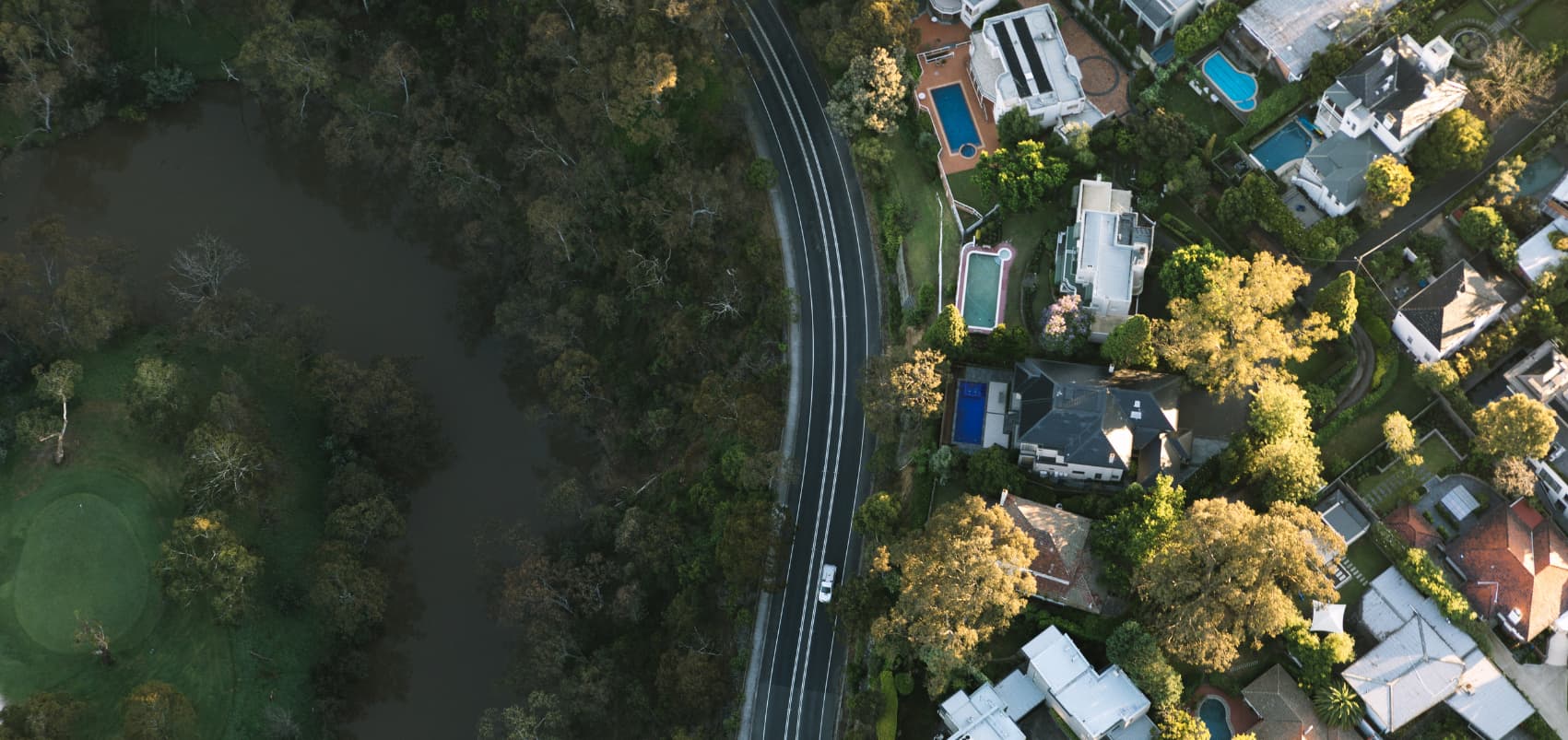‘Reform’ is one of the favourite words of the Australian Government lexicon. Reform seems to come in many guises and in the case of Local Government, reform means make ‘em bigger and better. Of course, one of the more interesting things about local government reform (or more correctly amalgamation) is the fact that there is little concern as to whether local government remains ‘local’ in nature. This is an interesting debate in the context of the proposal to recognise local government in the Australian Constitution.

Our preoccupation with amalgamation
Most state governments have entered into local government restructuring in recent years. Large scale amalgamations and restructuring have occurred in Victoria, South Australia and Queensland. At the moment, there are local government reviews occurring in Western Australia and New South Wales. By contrast in Queensland, approval has been given for de-amalgamation of several areas previously amalgamated. The case for local government restructuring / amalgamation is therefore well established. It seems the mantra of keeping Councils rates low and government lean and efficient is paramount. However, at what point is local government no longer ‘local’?
In Victoria, during the 1990s, there was a major restructuring of local government, with the number of Councils decreasing from 210 to 78. In most cases, the amalgamations produced urban LGAs averaging about 100,000 in Melbourne, about 70,000 people in regional Victoria, with rural LGAs of about 20,000 people. However, many oddities remained. For example, the largest Council area by population, which was the City of Greater Geelong (population 183,700) was adjacent to the Borough of Queenscliffe (population 3,450), which was the smallest by population. Such anomalies may be inevitable, but this is one of the more obvious inconsistencies which remained from this process.
Where to draw the boundary?
So how should we go about local government restructuring? Is it just about efficiency? Is it just about overcoming challenges to revenue raising and keeping rates low? In the global information age, do we care what community we are part of? Should we be keeping ‘local’ in local government?
As people who work with population data, we are always amused by the vagaries of LGA boundaries. Some seem to make sense, others less so. Local Government in NSW is no exception, with some rather odd boundaries. These are both urban and rural.
For example, in the St George region of Sydney, the suburbs of Hurstville and Kogarah are in multiple LGAs, despite the fact that these suburbs are the focus for the communities in these areas. Many of the LGAs in the NSW Riverina seem very small in size and population, although they may have seemed more reasonable in the past. The western boundary of Orange is relatively tight around the urban area which means about half of the rural residential growth of the City falls into the LGA of Cabonne. The boundary between Newcastle and Lake Macquarie seems at best highly arbitrary to the outsider. These are all prime examples of areas that probably need to be reviewed and in some cases, changed.
The NSW proposal
The Local Government Review Panel is currently looking into the future of Council boundaries in New South Wales. This assesses local government futures in both Sydney and regional NSW.
In the recently released ‘Future Directions Report’, the Panel suggested the Sydney Metropolitan Area should be covered by 15 super-councils, which would result in an average population of about 300,000 per LGA. As a part of this proposal, they suggested that Sydney, Parramatta and Liverpool would be the centre of Council areas with 800,000 people. In regional NSW, they suggest a two-tiered approach, with amalgamations necessary in many areas. In addition, Councils should seek to form regional groupings, so-called County Councils which are modelled on the ROC approach (Regional Organisations of Councils).
The primary justification relates to the efficiency and management of Councils. More specifically, the Panel cite a report by the NSW Treasury Corp which suggests local government in NSW has major financial problems. Here is the link if you are interested. http://www.localgovernmentreview.nsw.gov.au/documents/LGR/Future%20Directions%20Paper.pdf
The report does address the issue of ‘keeping local’ in local government, but tends to suggest that larger units in themselves are not a hindrance to a sense of ‘community’. This position is probably quite reasonable if you don’t start with prescriptive targets for the number of LGAs you should create and effectively telling people, “You are part of this community”.
It is also hard to argue that Councils are not financially sustainable if you persist on rate-pegging or rate-capping which undermines Councils’ ability to raise revenue to pay for services. In all these reviews, the question must be asked, “Are people prepared to agree to pay higher rates?” to maintain some sense of shared community.
If we take these financial arguments to their ultimate conclusion, we may not bother with local government at all. It seems there are always greater efficiencies and bigger is always better, so perhaps the State Government should start to rate properties, maintain local roads and collect rubbish itself. The practicalities of amalgamated Councils suggest that bigger is not necessarily better. Surely if you end up with three or four council separate offices per council, the pretence of efficiency has been, at the very least, undermined.
The restructuring of local government should not be based purely on bean-counting. Identity still matters. The changes suggested always seem to be about what’s good for the State Government and not for local involvement in decision-making. Let’s try to find a better balance.
I’m sure many of our local government readers and community members have a view on this subject – we’d love to hear it and share it, so please leave us a comment …










